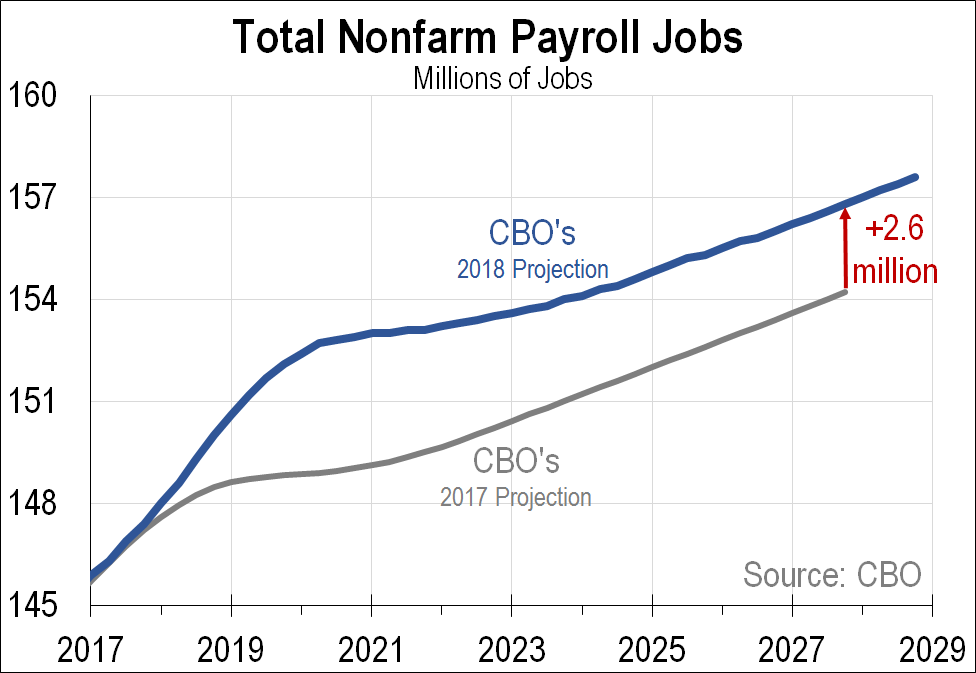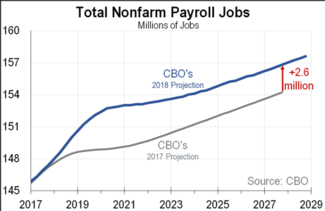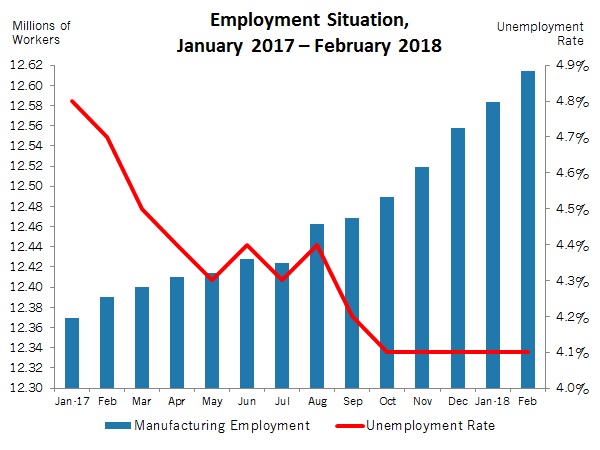REP. DARRELL ISSA: Well, let me — let me run you through some questions here because you’re here because we’re having a green jobs counting discussion.
Does someone who assembles turbines — is that a green job?
MS. JANE OATES: Wind turbines?
REP. ISSA: Yeah. Wind turbines.
MS. OATES: I think we would call any kind of sustainable manufacturing –
REP. ISSA: OK.
MS. OATES: — fitting the definition that was –
REP. ISSA: Does someone who sweeps — does someone who sweeps the floor in a facility that makes solar panels, is that a green job?
MS. OATES: Solar? I’ll give that to –
REP. ISSA: To Galvin?
MS. OATES: — if you don’t mind.
MR. JOHN GALVIN: We define — we have a two-part definition –
REP. ISSA: We already had the briefing on that. So just answer the question. If you’re sweeping the floor in a solar panel production facility, is that a green job?
MR. GALVIN: If you ask me for the number of health care jobs in the United States, I’ll give you the employment from the health care industry.
REP. ISSA: Look, Mr. Galvin –
MR. GALVIN: — nurses and doctors –
REP. ISSA: You did not want to come here as a witness. You are not a delighted witness. So let’s go through this. I asked you a question. You know the answer. Would you please answer it.
If you sweep the floor in a solar panel facility, is that a green job?
MR. GALVIN: Yes.
REP. ISSA: Thank you. If you drive a hybrid bus — public transportation — is that a green job?
MR. GALVIN: According to our definition, yes.
REP. ISSA: Thank you. What if you’re a college professor teaching classes about environmental studies?
MR. GALVIN: Yes.
REP. ISSA: What about just any school bus driver?
MR. GALVIN: Yes.
REP. ISSA: What about the guy who puts gas in the school bus?
MR. GALVIN: Yes.
REP. ISSA: How about employees at a bicycle shop?
MR. GALVIN: I guess I’m not sure about that.
REP. ISSA: The answer is yes, according to your definition. And you’ve got a lot of them.
What about a clerk at the bicycle repair shop?
MR. GALVIN: Yes.
REP. ISSA: What about someone who works in an antique dealer?
MR. GALVIN: I’m not sure about that either.
REP. ISSA: The answer is yes. Those are — those are recycled goods. They’re antiques; they’re used.
What about someone who works at the Salvation Army in their clothing recycling and furniture?
MR. GALVIN: Right. Because they’re selling recycled goods.
REP. ISSA: OK. What about somebody who opened a store to sell rare manuscripts?
MR. GALVIN: What industry is that?
REP. ISSA: People sell rare books and manuscripts — but they’re rare because they’re old so they’re used.
MR. GALVIN: OK.
REP. ISSA: What about workers at a consignment shop?
MR. GALVIN: That’s a green job.
REP. ISSA: Does the teenage kid who works full time at a used record shop count?
MR. GALVIN: Yes.
REP. ISSA: How about somebody who manufacturers railroads rolling stock — basically, train cars?
MR. GALVIN: I don’t think we classified the manufacture of rail cars as –
REP. ISSA: 48.8 percent of jobs in manufacturing, rail cars counted, according to your statistics. About half of the jobs that are being used to build trains.
OK. How about — just one more here. What about people who work in a trash disposal yard? Do garbage men have green jobs?
MR. GALVIN: Yes.
REP. ISSA: OK. I apologize. The real last last is, how about an oil lobbyist? Wouldn’t an oil lobbyist count as having a green job if they are engaged in advocacy related to environmental issues?
MR. GALVIN: Yes.






 CFIF Freedom Line Blog RSS Feed
CFIF Freedom Line Blog RSS Feed CFIF on Twitter
CFIF on Twitter CFIF on YouTube
CFIF on YouTube